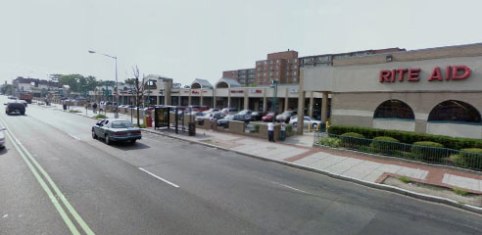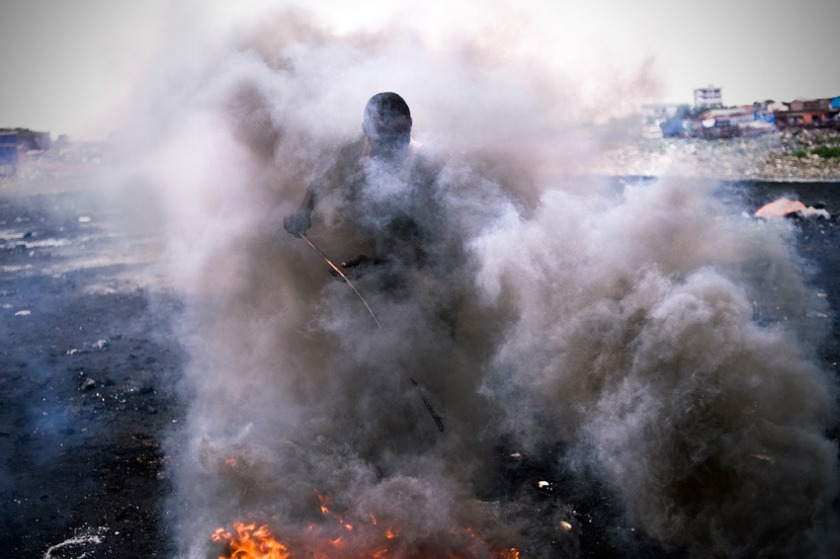There’s a problem trying to be an environmentalist. The problem is Mom.
I try pretty hard to be pretty good dealing with the environment. I only heat two rooms in my house and I keep them at 50 most of the time. I don’t heat my bedroom at all, I sleep under a big pile of wool and down. I wear a lot of flannel pants and fuzzy slippers and fleece in my house. I use a few compact fluorescent lights and turn them off when I leave the room. My kids don’t particularly like to come visit my house, because it’s too dark and too cold, and I tell them to wear more clothes.
And then my Mom shows up. My Mom’s in her eighties, and she’s a really good Mom and a good person, as anyone who knows my Mom will tell you.
When my Mom shows up, the temperature in her bedroom goes up to seventy, or a little more. The temperature in the rest of the house goes up to seventy, or a little more. The heat stays on at night. Many more lights get turned on, and they stay on.
I could tell my Mom that the temperature needs to stay low and she needs to wear more clothes. But I don’t. I could tell her we need to conserve electricity and turn out lights when we leave the room. But I don’t. I could tell her how wasteful it is to turn on the electric heat in the bathroom when she takes a shower. But I don’t. She’s in her eighties. She always has and still does live modestly. She knows what I do and what’s important to me. And she wants to be a little comfortable. Who am I to begrudge her that?
I drive a car that gets 45 miles a gallon. Outside of work I try to drive as little as I can.
And then my Mom shows up. She divides her time now between her place in South Jersey and mine in New Hampshire. I drive her both ways, 800 miles round trip. I make that trip once a month. Last week, because it was a beautiful spring day in New Hampshire and she is in her eighties and doesn’t have an infinite number of beautiful spring days left, we took a long drive up into the White Mountains. Today, because it is a beautiful spring day in South Jersey and she doesn’t have an infinite number of beautiful spring days left, we will drive down to the among the flowering blueberries and greening fields of Southwest Jersey.
I wonder about this, in the context of being an environmentalist. If there’s hope for human society on this planet, we’re going to have to start making different decisions about how we use resources. We’re going to have to recognize, for real, that husbanding the natural environment and its resources needs to be our highest priority. We’re going to have to make life and lifestyle choices that aren’t 100% about comfort and convenience. We can do these things. Personally, I try to do these things.
But then Mom shows up. And when it’s Mom vs Mother Nature, Mom wins.

